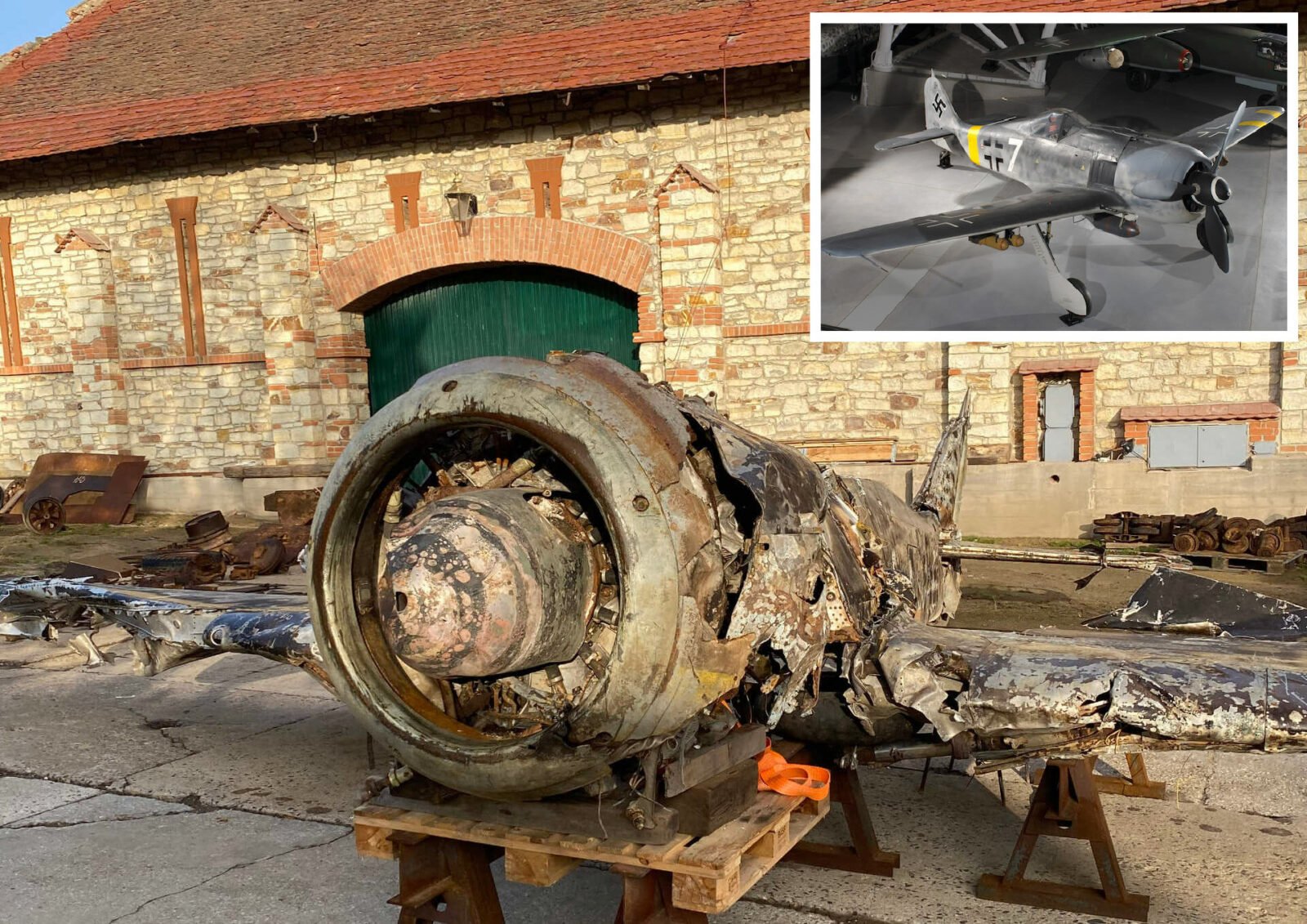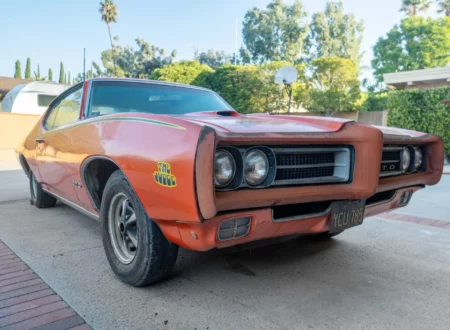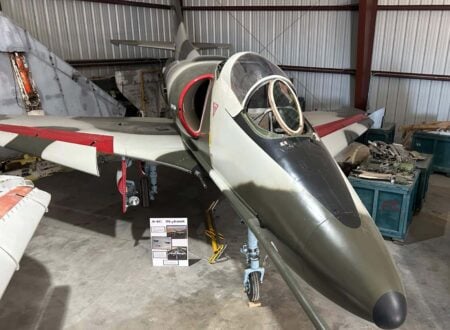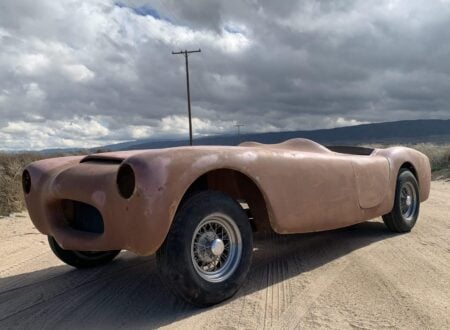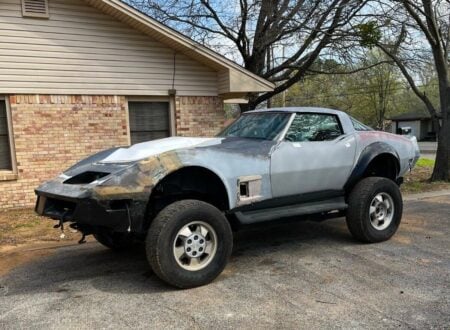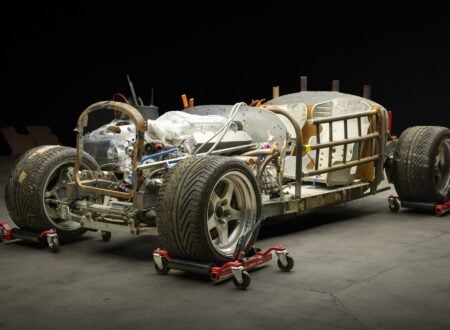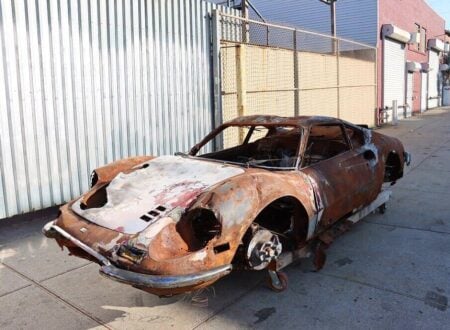The aircraft you see here is a Focke-Wulf Fw 190 that was shot down by Soviet Hurricanes during a battle of the “Continuation War” in the skies over the Eastern Front on the 4th of August 1944.
The pilot, Alfred Kruppa, bailed out and landed in the Vuoksi River, but he didn’t survive. The wreckage of the aircraft was was recovered near the town of Priozersk, in Russian Karelia, during the Summer of 2019 and it’s now being offered for sale to a new owner for a full restoration back to flying condition.
Fast Facts – The Focke-Wulf Fw 190
- As Germany revitalized its military capabilities, the Luftwaffe identified the need for a robust fighter to complement the existing Bf 109. Kurt Tank, Focke-Wulf’s leading designer, developed the Fw 190 utilizing a radial engine, an uncommon choice for German fighters, which conferred upon the aircraft its characteristic broad-nosed look.
- Making its combat debut in 1941 against the British RAF, the Fw 190 swiftly proved its mettle. It posed a formidable challenge to renowned aircraft like Spitfires and Hurricanes, earning respect for its blend of speed, agility, and firepower. This success marked a significant turning point in aerial warfare over the Western Front.
- Beyond its primary role as a fighter, the Fw 190 displayed an impressive adaptability spectrum. The Luftwaffe commissioned variants for multiple purposes, from ground attack fighter/bomber missions and bomber escorts to specialized night fighting roles.
- The Focke-Wulf Fw 190 wreckage shown in this article was recovered near the town of Priozersk, in Russian Karelia in 2019. It was originally shot down in August of 1944, and it’s now being offered for sale in the hopes that the new owner will restore it to flying condition.
The Focke-Wulf Fw 190 “Butcher Bird”
The Focke-Wulf Fw 190 became known as one of the formidable fighters aircraft from World War II, renowned for its speed, maneuverability, and toughness. Its inception and operational service marked significant milestones in the world of military aviation, reflecting Germany’s aerospace engineering prowess and the exigencies of wartime aviation advancements.
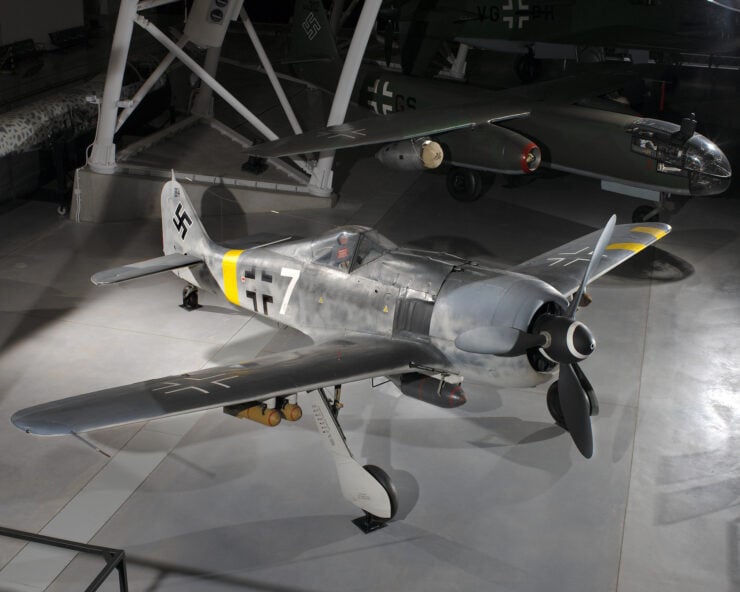

In the late 1930s, with Germany’s military reconstruction underway, the Luftwaffe envisioned a fresh fighter aircraft to complement the existing Messerschmitt Bf 109. The onus to conceptualize and actualize this new craft fell on Kurt Tank, the chief designer at Focke-Wulf.
Distinctly different from prevalent German fighter designs of the era, the Fw 190 incorporated a twin-row radial engine as opposed to the commonly used inline V-engines of the time. This choice of engine endowed the plane with its characteristic broad-nosed appearance.
By 1941, the Fw 190 was integrated into combat operations on the Western Front. Its introduction into the theater of war was a game-changer, posing significant challenges to British Spitfires and Hawker Hurricanes. What made the Fw 190 stand out was a combination of speed, agility, and firepower.
While it began its journey primarily as a fighter, the Fw 190’s versatility was soon recognized. Consequently, it was adapted for a multitude of roles ranging from fighter/bomber ground attack and bomber escorts to some listed use in night-time combat missions.
Above Video: This episode of Wings of the Luftwaffe is focussed on the Focke-Wulf Fw 190, one of the most consequential and feared fighter aircraft of WWII.
As with many aircraft during prolonged conflicts, the Fw 190 underwent a series of modifications over time, leading to the birth of several sub-models tailored for specific roles and conditions. The initial series, powered by the BMW 801 radial engine, was the Fw 190 A series. Spanning from A-1 to A-9, this series witnessed enhancements in weaponry, protection, and engine capability.
However, as the war progressed and combat scenarios evolved, there was a growing need for superior high-altitude performance. Addressing this, the Fw 190D, colloquially known as the “Dora,” was birthed.
This version was powered by a Jumo inline engine, endowing it with a significant performance boost at higher altitudes. Further specialization led to the conception of the Fw 190 F and G series, which were primed for ground-attack missions, equipped with heavier artillery and bomb-carrying capabilities.
In retrospect, alongside the Bf 109, the Fw 190 became an indispensable component of the Luftwaffe’s fighter arsenal. Its remarkable design and operational efficiency resonated with post-war aircraft development, with several design principles being incorporated into subsequent aircraft designs.
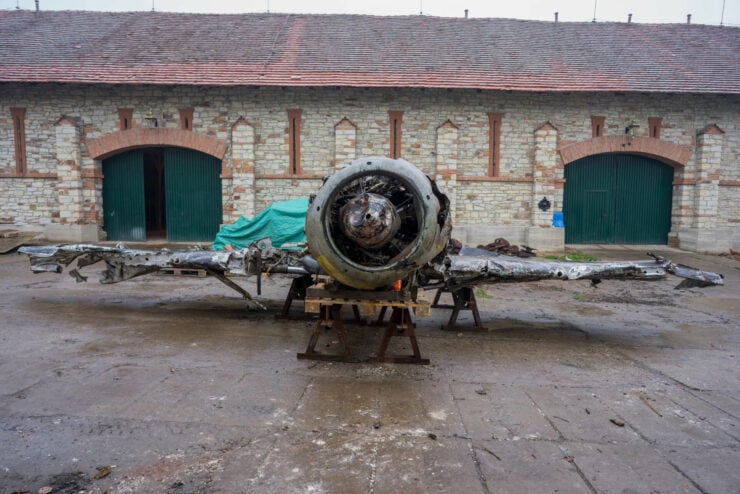

Today, as the echoes of its roaring engines have faded into history, the Focke-Wulf Fw 190 stands on display in numerous museums, signifying the advanced German engineering of the time and the intense aerial combat of World War II. A few restored and flying models even grace the skies during air shows, serving as an airborne testament to an era long gone.
The Focke-Wulf Fw 190 Project Plane Shown Here
The Focke-Wulf Fw 190 wreckage you see here may look unsalvageable, however any future rebuild would include almost all new parts, with only some elements of the original aircraft remaining in the final airworthy aircraft.
These comprehensive rebuilds often trigger a Ship of Theseus-type debate, but at the end of the day we end up with a warbird back in the air and that’s never a bad thing.
As you’ll have read in the introduction further up, this aircraft was piloted by Alfred Kruppa in the “Continuation War.” It had been based at Alakurtti, Finland as part of “Detachment Kuhlmey,” a Luftwaffe Unit which was formed and dispatched to the Finnish Air Force base at Immola in June of 1944 to help counter large-scale Soviet offensives.
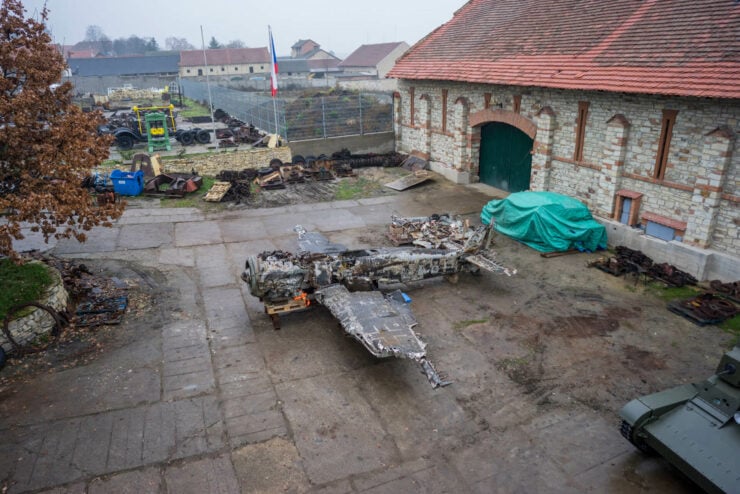

This unit had approximately 70 aircraft comprising Ju87s, Fw190s, and Bf109s. On the 4th of August 1944 Kruppa was shot down by Soviet Hurricanes, he bailed out but landed in the Vuoksi River and did not survive. The aircraft remained where it landed for decades, it wasn’t recovered until the Summer of 2019, over 75 years after the day it fell from the sky.
The complete wreckage is now being offered for sale by Platinum Fighter Sales out of Minnesota in the United States. It is available for inspection by appointment, and the asking price is $600,000 USD. It may look like a major project, and it undoubtably is, but there are many specialists around the world who are capable of returning it to flying condition.
If you’d like to read more about this plane or enquire about buying it you can visit the listing here.
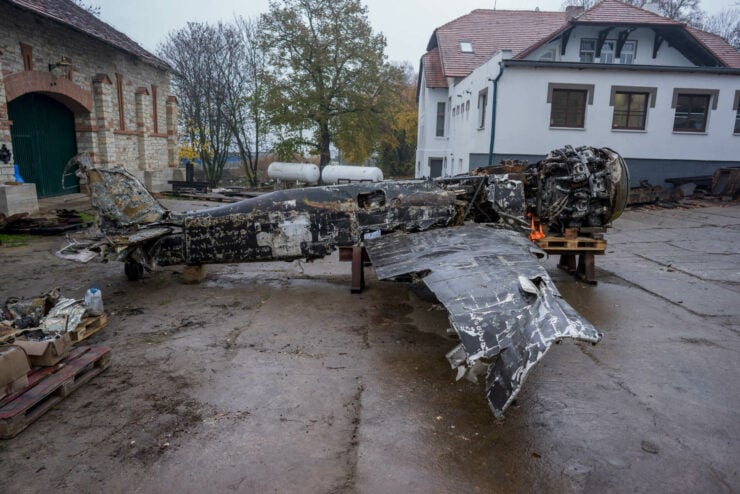
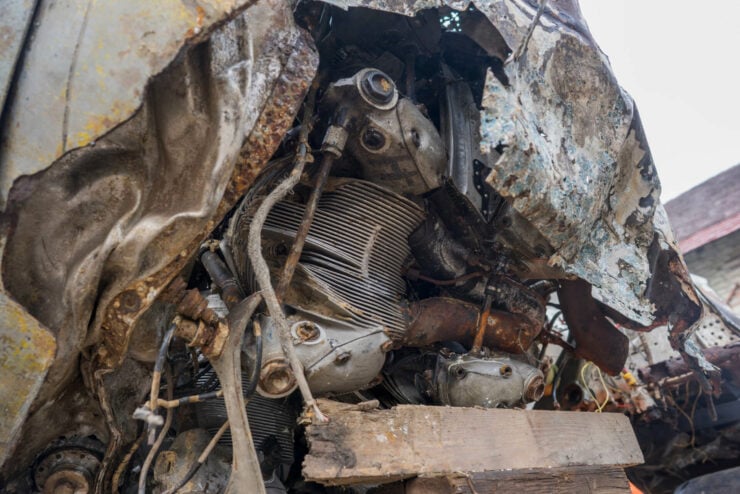
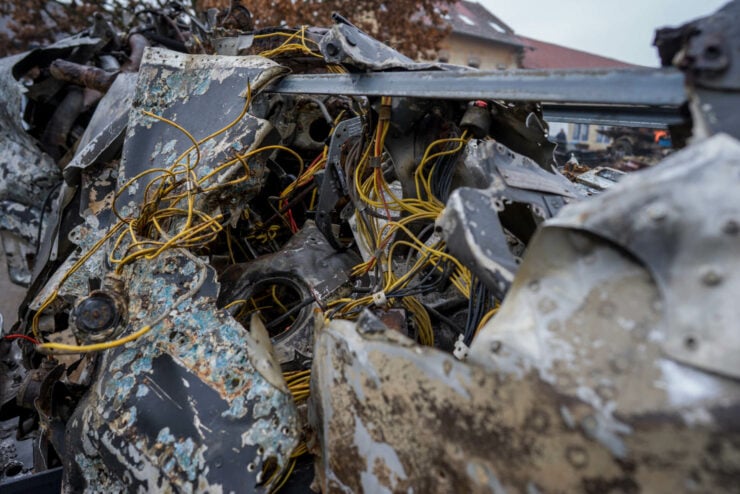
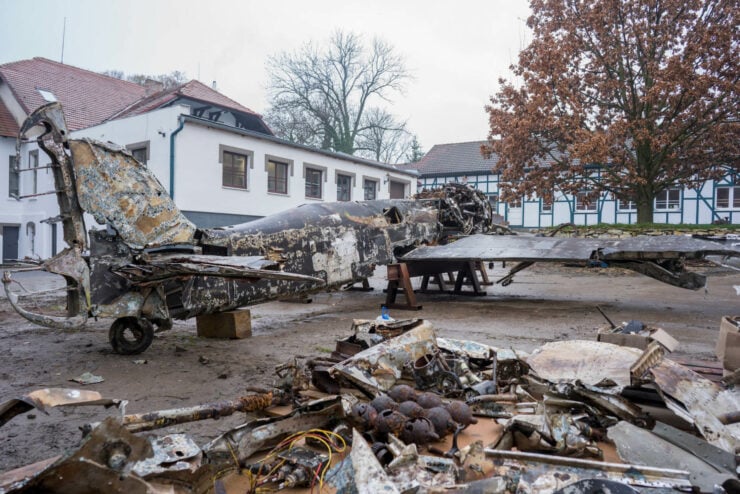
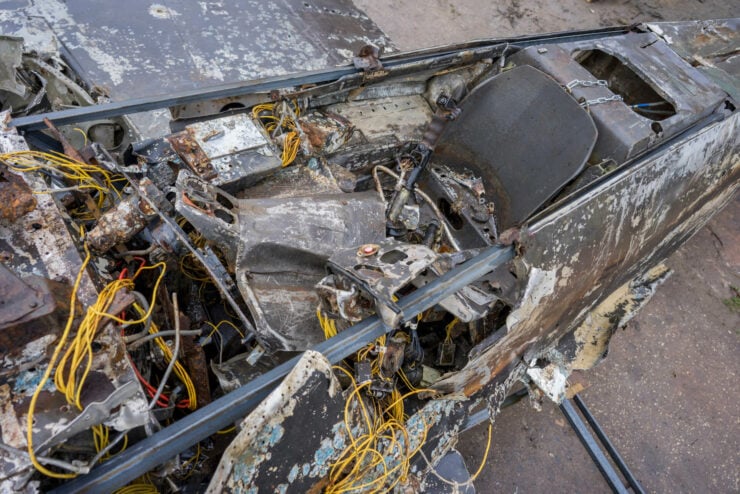
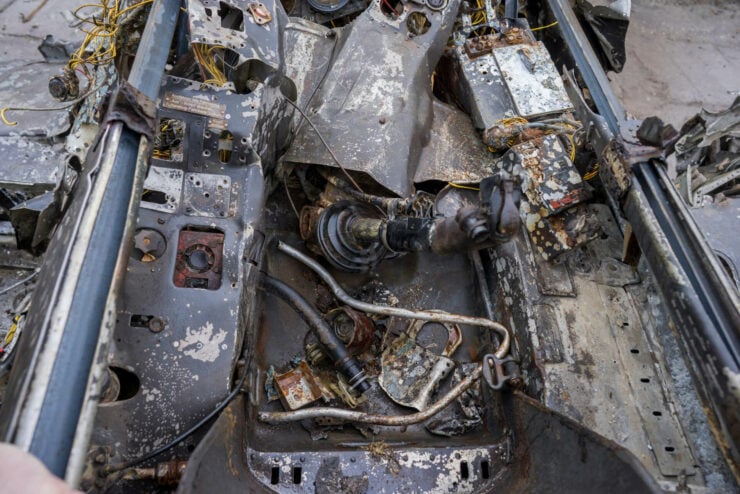
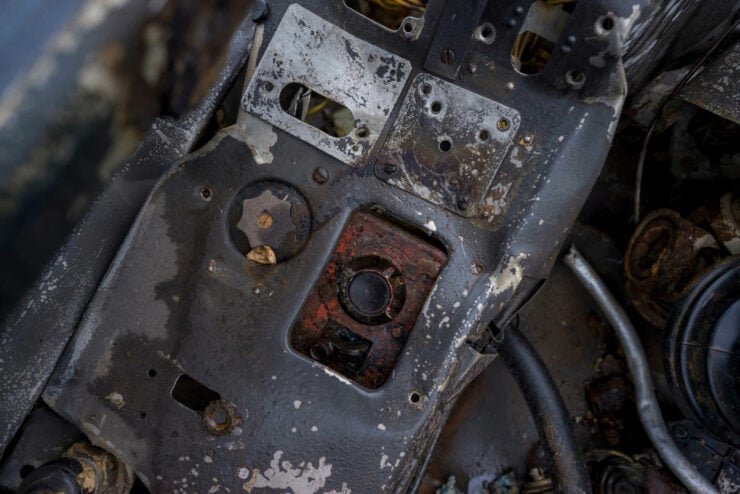
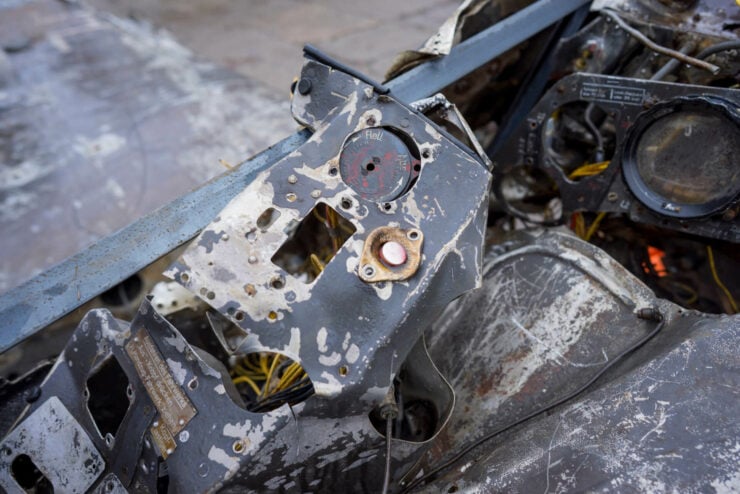
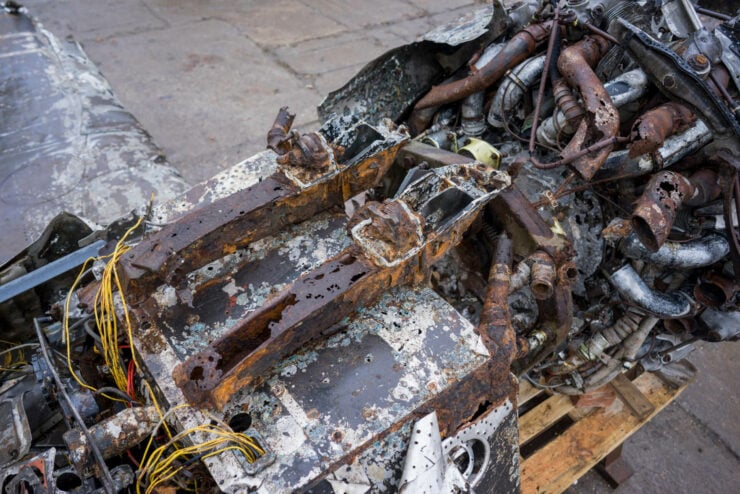
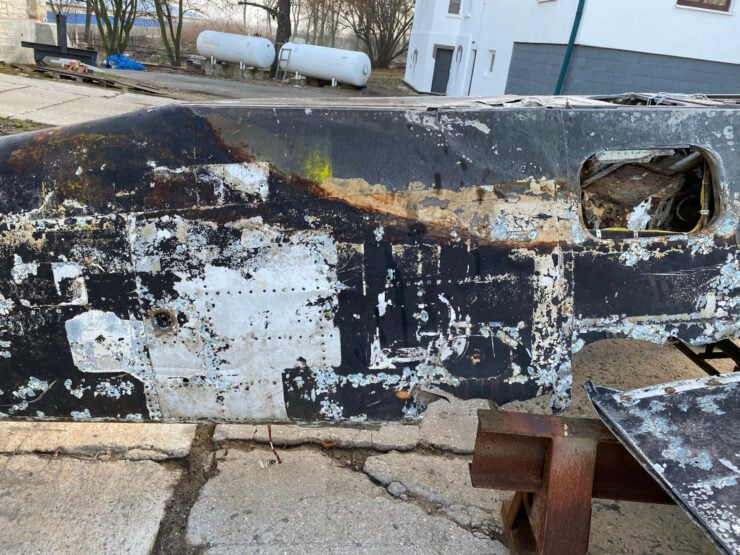
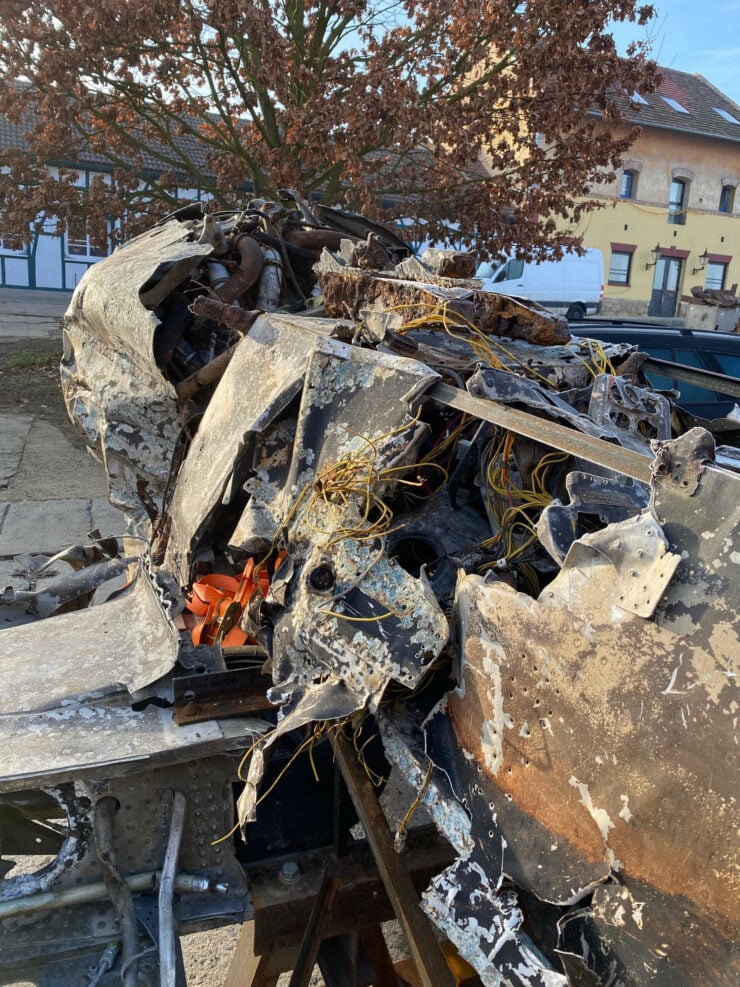
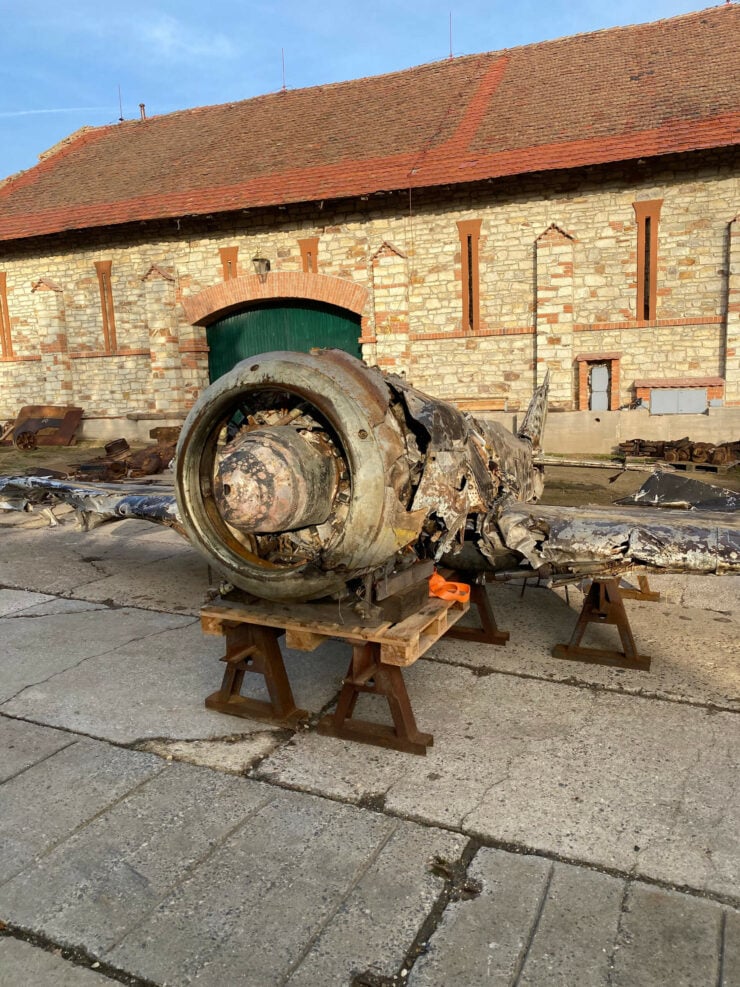
Images courtesy of Platinum Fighter Sales

Articles that Ben has written have been covered on CNN, Popular Mechanics, Smithsonian Magazine, Road & Track Magazine, the official Pinterest blog, the official eBay Motors blog, BuzzFeed, Autoweek Magazine, Wired Magazine, Autoblog, Gear Patrol, Jalopnik, The Verge, and many more.
Silodrome was founded by Ben back in 2010, in the years since the site has grown to become a world leader in the alternative and vintage motoring sector, with well over a million monthly readers from around the world and many hundreds of thousands of followers on social media.

